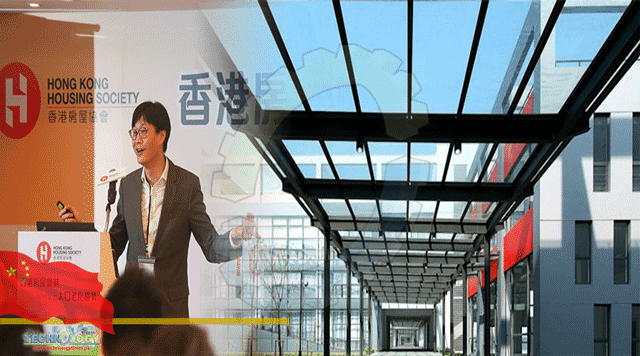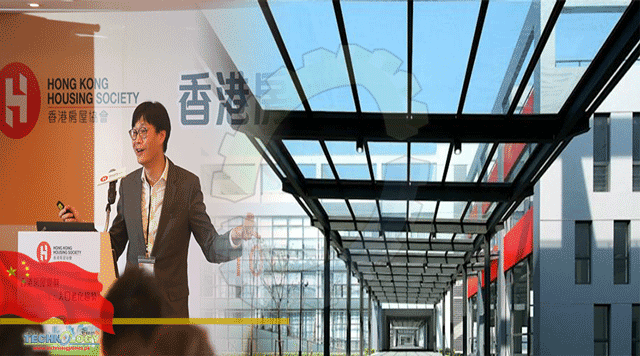Investment In Office Space & Research Facilities In China’s Technology Parks Topped 14.5 Billion Yuan In First Quarter Of Year 2021.

China’s efforts to enhance its technological strength have resulted in surging demand for technology districts, according to real estate services firm CBRE. Investment In Office Space And Research Facilities In China’s Technology Parks Topped 14.5 Billion Yuan (US$2.25 Billion) In The First Quarter Of This Year, Hitting An All-Time High. “The investment spree was a result of the central government’s guidance,” said Sam Xie, CBRE China’s head of research. “As the state leadership urges innovations in technology, demand for office space slated for technology firms is rising sharply.”
Tensions between the US and China since 2018 have led to a technology war between the countries, the world’s two largest economies. Washington has blacklisted more than 100 Chinese companies on national security grounds, cutting access to American technology. This has prompted Beijing to develop the country’s own Microsoft’s and Apples to cut reliance on American technological know-how.
China has set up multibillion yuan industrial investment funds, created the Nasdaq-style Star Market, granted tax incentives and offered land and office space to spur growth of promising technology firms in fields such as semiconductors, artificial intelligence, robotics, biotechnology and electric vehicles. In the January to March period, technology, media and telecoms (TMT) companies made up 42 per cent of China’s total newly leased office space, up from 35 per cent in the previous quarter, CBRE data shows. TMT’s share of the total nationwide leased office space jumped to 35 per cent at the end of 2020, from 18 per cent in 2018, CBRE said.
“The office market is an indicator of the economic structure,” said Yin Ran, a Shanghai-based angel and property investor. “Active TMT companies in the office market showed that the government’s incentives have taken effect.” Wan Qin, a Shanghai-based entrepreneur who plans to establish a computer software design business, said an ideal location for his start-up would be a technology district, such as Shanghai’s Zhangjiang hi-tech park, where hundreds of companies have already set up a complete industry chain.
“These technology areas have a cluster effect, and start-ups can tap rich technology resources there to quicken their R&D,” he said. “Local governments often offer cheap rents to those operating inside these parks”, which is an added incentive, he said. Among the 25 key technology districts across mainland China, which include Shanghai’s Zhangjiang, Beijing’s Zhongguancun and Hangzhou’s Jiangcun, vacancy rates in the first quarter of this year dropped to 17.8 per cent on average, 1.3 percentage points lower than the end of 2020, according to CBRE. Net absorption in the 25 technology districts hit 600,000 square metres in this year’s first three months, it added.
The central government is encouraging Shanghai, Beijing and the Greater Bay Area to transform themselves into international technological innovation centres as a way of improving China’s economic might worldwide. In Shanghai, TMT firms accounted for most of the city’s newly leased office space, surpassing financial services companies. Currently, about a quarter of office space in Shanghai is leased by TMT firms.
This news was originally published at SCMP.
